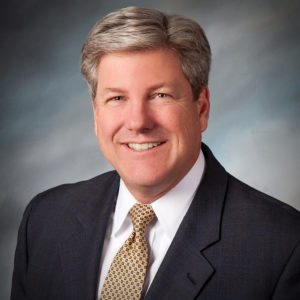This article by Tracey Longo originally appeared on Financial Advisor Magazine.
The SEC and the CFP Board were criticized yesterday for adopting code of conduct rules that blur the longstanding line between fee-only registered investment advice and brokerage services by implying that conflicts of interest are acceptable.
A white paper released by the Institute for the Fiduciary Standard contends new rules created by the SEC and CFP Boards that are set to go into effect June 30 will sweep away key principles of the Investment Advisers Act of 1940.
“Regulators treated brokerage sales and fiduciary advice differently for years, stressing the harms and risks of conflicts of interest. Avoiding conflicts, if at all possible, was the norm. That was yesterday,” Institute President and author Knut A. Rostad told Financial Advisor magazine.
He contended the rules imply a tolerance for conflicts of interest among investment advisors and brokers. “Just as the coronavirus is being contained, the conflicts virus is being released,” argued Rostad.
The rules would have consumers believe that all advisors are alike when in fact registered representatives have a multitude of opaque, complex conflicts embedded in what they charge investors—ranging from payments for product shelf space and 12b-1 fees to revenue sharing arrangements, he argued.
“The SEC explains it does not mandate eliminating any particular conflict and also notes benefits of conflicted recommendations,” the paper states. “Meanwhile, [the] CFP Board explains it does not encourage CFPs to avoid conflicts. The message is clear: not avoiding conflicts is just fine,” the paper states.
The SEC and CFP Board have argued that their standards raise the bar for registered representatives by forcing them to put client best interests first. The CFP Board expanded its fiduciary standard to all work the group’s 86,000 CFP certificants engage in with clients.
The CFP Board today denied the accusations, arguing its new conduct code “provides clear and unambiguous benefits for consumers.”
Read the full article at Financial Advisor Magazine.

